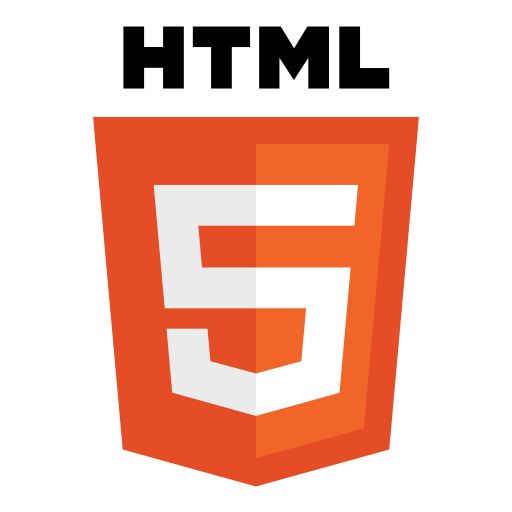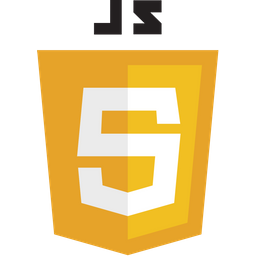The E-Commerce Website Project
The E-Commerce Website Project is a comprehensive endeavor that focuses on building a fully functional online shopping platform using fundamental web technologies: HTML, CSS, and JavaScript. This project involves creating a user-friendly interface for browsing products, managing a shopping cart, and processing transactions, all without relying on server-side technologies or databases. The goal is to develop a dynamic and visually appealing online store that enhances the shopping experience for users.
Key Components of the E-Commerce Website Project:
HTML and CSS Structure:
The foundation of the website is built with HTML, which structures the content, including product listings, navigation menus, and checkout forms. CSS is used to style the website, ensuring it is visually appealing and responsive. This involves designing product cards, buttons, and layout elements to create an attractive and intuitive user interface. The use of CSS Flexbox or Grid can help in arranging products and content in a responsive manner across different devices.
JavaScript for Interactivity:
JavaScript is employed to handle interactive features on the website. This includes functionalities such as:
- Product Filtering and Sorting: JavaScript allows users to filter products by categories or sort them by price or popularity.
- Shopping Cart Management: Users can add products to their cart, view their cart, and update quantities or remove items. JavaScript manages these actions and dynamically updates the cart display.
- Checkout Process: Implementing a checkout system where users can enter their shipping details and review their order. While this project doesn’t handle actual payments, it demonstrates how to capture user inputs and simulate a transaction flow.
Data Handling and Dynamic Content:
For a more advanced implementation, JavaScript can be used to handle and display dynamic content. This might involve using mock data (in JSON format) to simulate a backend database. JavaScript fetches and processes this data to display products and update content in real-time, providing a more interactive and realistic shopping experience.
Responsive Design and User Experience:
Ensuring that the website is responsive is crucial. CSS media queries are used to adapt the layout and design for various screen sizes, including desktops, tablets, and smartphones. This responsiveness ensures a seamless user experience across all devices, making it easy for customers to browse and shop regardless of the device they are using.
Applications and Use Cases:
Online Shopping Platforms: A complete online store where users can browse products, add them to their cart, and proceed to checkout. Product Catalogs: Websites showcasing products with sorting and filtering capabilities, allowing users to find products based on their preferences. Prototyping and Testing: Developing a prototype for an e-commerce site to test user interactions and design elements before moving to a full-scale implementation with backend integration.
The E-Commerce Website Project demonstrates how to leverage HTML, CSS, and JavaScript to create a functional and engaging online shopping experience. This approach provides a solid foundation for developing more advanced e-commerce solutions and enhances the skills needed for frontend web development.






